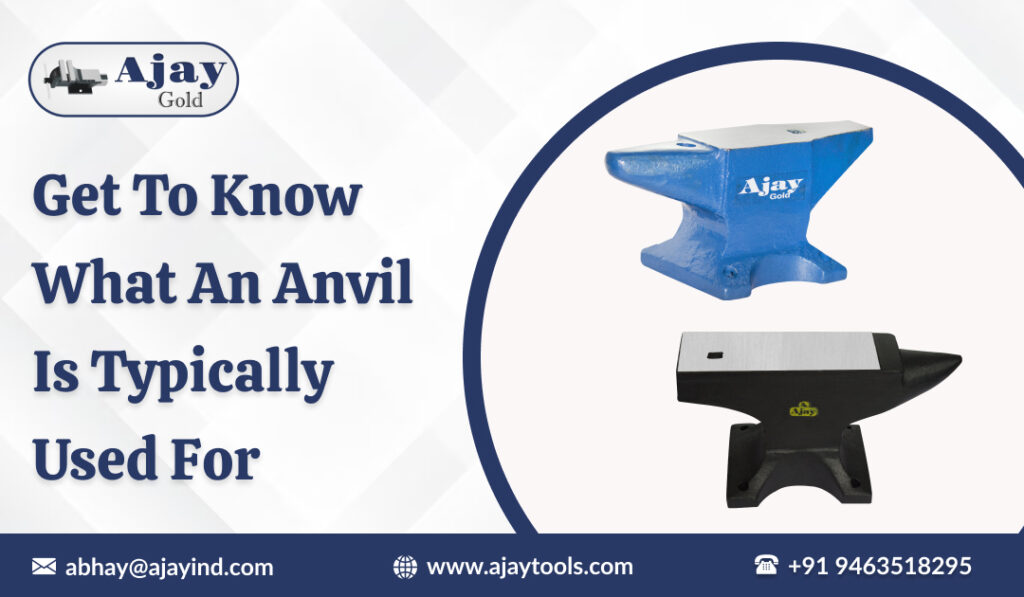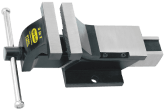In blacksmithing work, the tool that comes to mind is an anvil. The anvil works as a stable surface and it is helpful in shaping objects in many ways. In the early days, anvils were made of stone slabs used to shape objects. With the evolution of functions, anvils were manufactured with sturdier materials such as iron. In this day and age, anvils are made using steel or cast iron and designed to match several applications.
What an Anvil is typically used for?
An anvil is a forging tool used to shape, flatten, and curve metal sheets or other objects. There are various anvil uses. An anvil is a fundamental tool in metalworking because it allows the metal to be worked fast, whether it is hot or cool, on a durable surface. Although some anvils have a horn and shaped heel, most anvils have a long, projecting horn and one flat side called a heel. The horn is used to create intricate details and to mould metal into curved forms. A cushion to support metal while it is being chiselled and holes in which various tools can be placed can also be found on some anvils. Although some curved anvils are employed for specialized applications, anvil tops are typically flat.
What are Anvil Parts?
The following are parts of an anvil:
Anvil face
Horn
The hardie hole
The pritchel hole
What to Consider When Buying an Anvil for Your Workshop?
When you buy an anvil, you need to pay attention to some details that may break or make your blacksmithing project. Before making a decision, you need to consider the factors mentioned below:
Material of the anvil
The most important thing you need to consider is to check the material used to manufacture the anvil because durability and performance depend on the material. Anvils were once constructed from slabs of stone, iron, and bronze. Today, steel is the most popular material for anvils. Due to its advantageous qualities and ease of production, steel is growing in popularity. Steel anvils are hence the most popular and preferred. Cast iron is another significant component of an anvil. As a result, it is suggested not to strike a cast iron anvil as forcefully as you would a steel one.
Purpose of using an anvil
Ensure you know the purpose of using an anvil because it will determine the type to buy and the anvil material to choose for your workshop. For example, if you are buying an anvil for your own use, then you can buy a small and affordable anvil. However, if you are buying an anvil for your workshop, you need to opt for more specialized options.
Shape, Weight, and Size
The size and shape are important factors to consider because they can help you know the possible usage. For example, the anvil size helps you determine the size of the material you want to shape or forge. On the other hand, the anvil weight is helpful in determining the ease of use.
Cost
Last but not least, the cost of an anvil is a vital factor, especially if your budget is low. In most cases, the price of the anvil depends on its size and material.
Who Uses an Anvil?
Blacksmiths and metal workers of all types use an anvil for producing custom work.
What is the Horn on the Anvil used for?
The horn of the anvil is used to make various round shapes and is unhardened iron or steel. Basically, the horn is used in bending operations. The worker uses a hammer to form long stretches of an object into curves.
Anvil is made of which material?
Usually, the blacksmith’s anvil is made of wrought iron, but sometimes they are manufactured using the material, cast iron with a smooth surface of hardened steel.
Conclusion
Now, you know various elements of the anvil and what things you should consider when you buy an anvil for your workshop. If you are interested in adding an anvil to your workshop, you can browse the selection of anvils at Ajay Tools.


